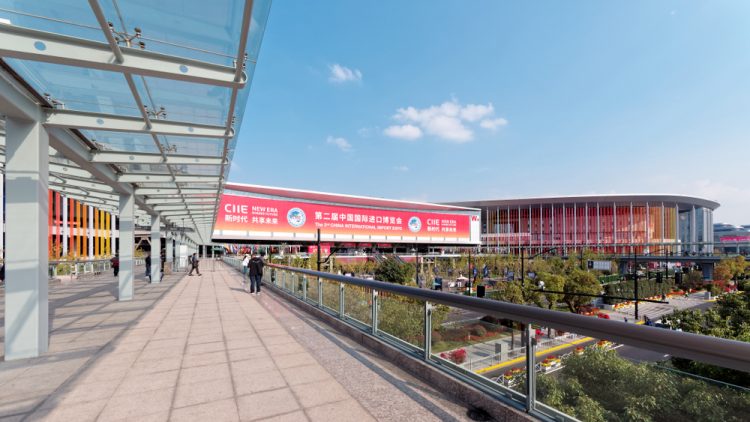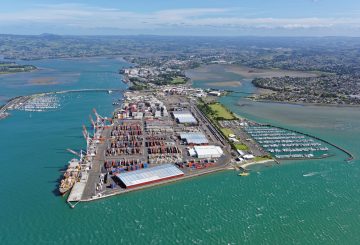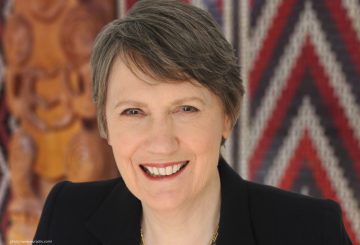와이카토에 본사를 두고있고 13개의 공급업체를 보유하고 있는 뉴질랜드 양유 생산업체가 중국에서 열린 국제 무역 박람회에 이어 새로운 중국 유통업체와 계약을 맺었다.
중국 국제 수입 수출 행사는 보통 매년 가장 큰 엑스포 중 하나이며, COVID-19로 인해 주최측이 규모를 축소하도록 강요받았음에도 불구하고 여전히 중요한 행사로 치뤄졌다.
이번 행사에는 꿀, 와인 낙농, 과일 수출업체 등 22개 뉴질랜드 기업이 참가했다.
Leah Davey 마우이우유 사장은 Covid-19 제한으로 올해 엑스포 방문객이 제한되었지만 여전히 약 35,000명의 잠재 고객이 남아 있다고 말했다.
Davey 사장은 “이들은 중국계 모회사인 마우이 푸드 그룹(Maui Food Group)이 대표로 있으며 뉴질랜드산 양젖에 대한 관심이 상당했다. [우유 파워] 제품을 판매하기 위해 새로운 유통업체와 계약을 맺었다”고 밝혔다.
“그러나 이는 수많은 계약 중 하나다. 관심은 거기에 있다. 중국인들은 항상 반추동물(되새김질하는 동물) 우유를 좋아하기 때문에 세계 어떤 나라들보다 양유의 가치를 더 잘 이해하고 있다. 소화가 잘 될뿐만 아니라 중국인들은 양유를 수년 동안 먹어왔다.”
마우이 밀크는 무역에 방점을 두지는 않았지만 “남다른 야심”을 가지고 있다고 말했다.
“모든 주주들은 5년 안에 1억 달러 규모의 사업이 될 것이라고 말했다. 이는 야심찬 일이며 확실히 사업 브랜드 부분을 통해 가능할 것으로 본다. 우리가 아는 것은 회사 차원에서 생산하기 전부터 우리 주주들이 이 시장에서 11년 동안 거래해왔으며, 지난 해에는 700%의 성장이 있었다. 성장률이 둔화될 것으로 전망하지 않는다.”
마우이 밀크에는 13개의 농부 공급 업체가 있으며, 그 중 8개는 올 8월에 새로 합류했다. 나머지 5개는 미개발 부분에서, 나머지는 우유 생산업체에서 납품받았다. 보통 농장에는 1,000마리의 착유 양을 기른다.
지난 시즌부터 좋은 성과를 보이던 중 특히 지난 봄 4개의 공급업체와 결실을 보였고 양 1마리당 생산량이 두 자릿수로 증가했다고 말했다.
Davey 사장은 두 가지이유를 들었다. 유전학이 실제로 도움이 되기 시작했고 따라서 그 투자의 중요성을 강조하고 있으며, 농부들의 경험치가 쌓이면서 높은 성과를 보인다는 것이다.
마우이 밀크는 다음 시즌에 더 많은 공급 업체들을 영입할 예정이지만, 회사가 올해 기존 농장에서 얼마나 많은 우유를 생산하는지 확인할 때까지는 그 수치를 알 수 없을 것이라고 밝혔다.
출처: RNZ 뉴스






























































